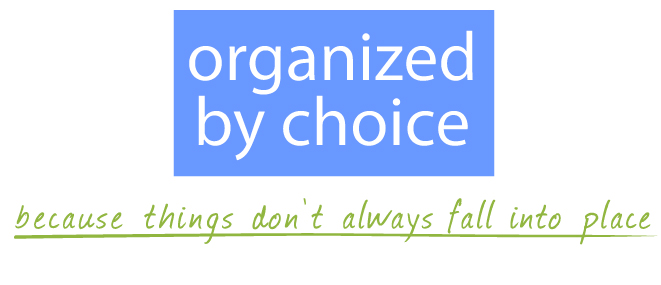Like many of you, I have books on organizing. As I was struggling to squeeze another one onto my bookshelf, I noticed, ironically, the book next to it was called Boundaries. Taking my own advice, I looked through the rest of the shelf to see what I could let go of, so I didn't exceed the boundary.
According to the Self Storage Association Fact Sheet, the self storage industry in the United States generated more than $24 billion in annual US revenues (2014). I'm guessing that more than a few folks are struggling with boundaries these days.
Today's Timely Tips address some of the common boundary challenges, but these strategies can be used for multiple areas and belongings.
TIMELY TIPS
Collectibles: A client recently told me that years ago she began collecting Hummel figurines. She has run out of display space, so they're filling up her closets too. Another client collects Hallmark ornaments. She has more than multiple Christmas trees could hold and no closet space for the bins they're stored in. Setting boundaries for a collection first means deciding how much space you have, or want to use, to display and store it. Make sure it doesn't infringe on space for things you currently need and use. If a collection exceeds its allotment of space, choose your favorites and release the rest. Let loved ones know you have completed your collection and would prefer gifts like dinner out, concert or movie tickets, or a day at the spa-- in other words, something you don't have to store or display.
Backup Supplies: One woman emailed asking what to do with all the backup supplies that were spilling out all over the floor. She said she saves money by buying in bulk and stocking up when things are on sale. Unfortunately our space, like our time and money, has limits. Having too much of a good thing can cost us our peace of mind. Often times it ends up costing more money too. You squeeze things in here and there, because you run out of room, and then can't see or find what you already have so you buy more, spending money needlessly and creating even more storage issues. Designate a specific space for backup supplies. Pay attention to your stock before jumping on the sale wagon. Label shelves and create boundaries for paper products, canned goods, hair products, etc, so you can easily see what you have and what you need before purchasing more.
Food Storage Containers: Chances are you have more plastic containers than you have left-overs to put in them. One strategy for setting boundaries is first determining how many of something you need. If what you currently have in the fridge plus a few more seems adequate, then match 5-8 more lids to bottoms and let go of the rest. Honor the boundary by resisting to save every yogurt, sour cream, and lunchmeat container, or repurpose the extras and store them elsewhere.
Toys: Boundaries for toys might include designating "toy-free" areas in your home, just like you do with food. Or, you might set cleanup boundaries-- like placing toys in designated bins every night before bedtime. For outdoor bikes and scooters you can "draw" a parking boundary with colored duct tape in the garage or patio. By maintaining an amount of toys that will fit in the designated storage areas, you will reduce stress for both you and your child when it's time to clean up.
Wise Words
You CAN have too much of a good thing. -- Brenda McElroy

